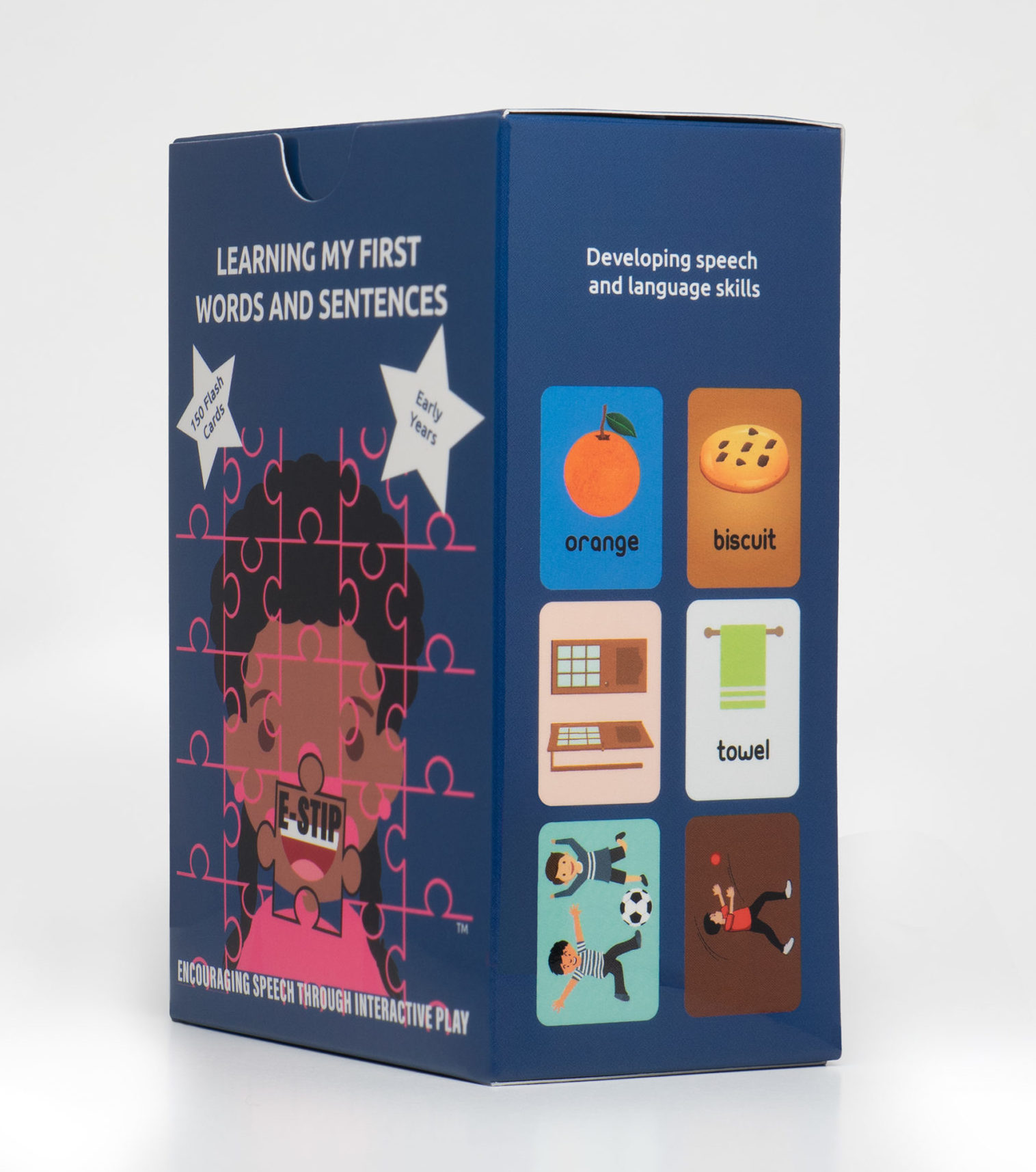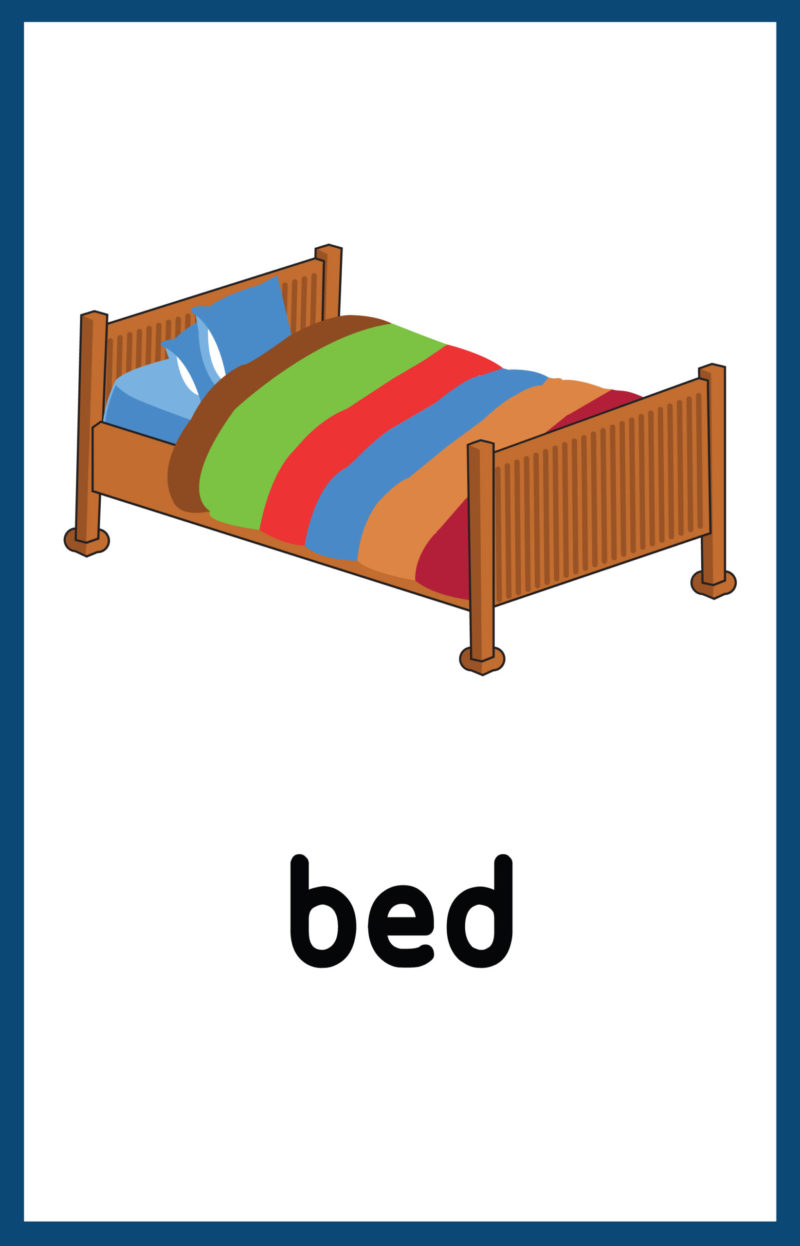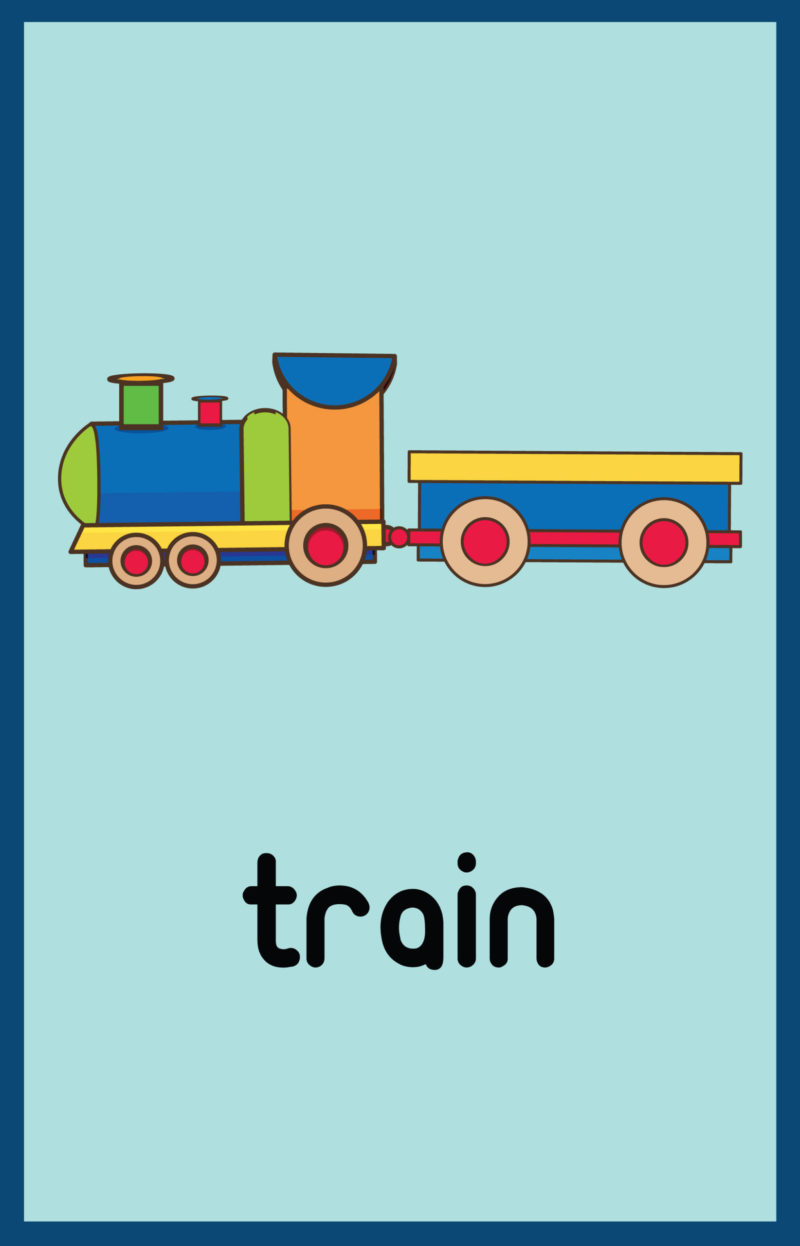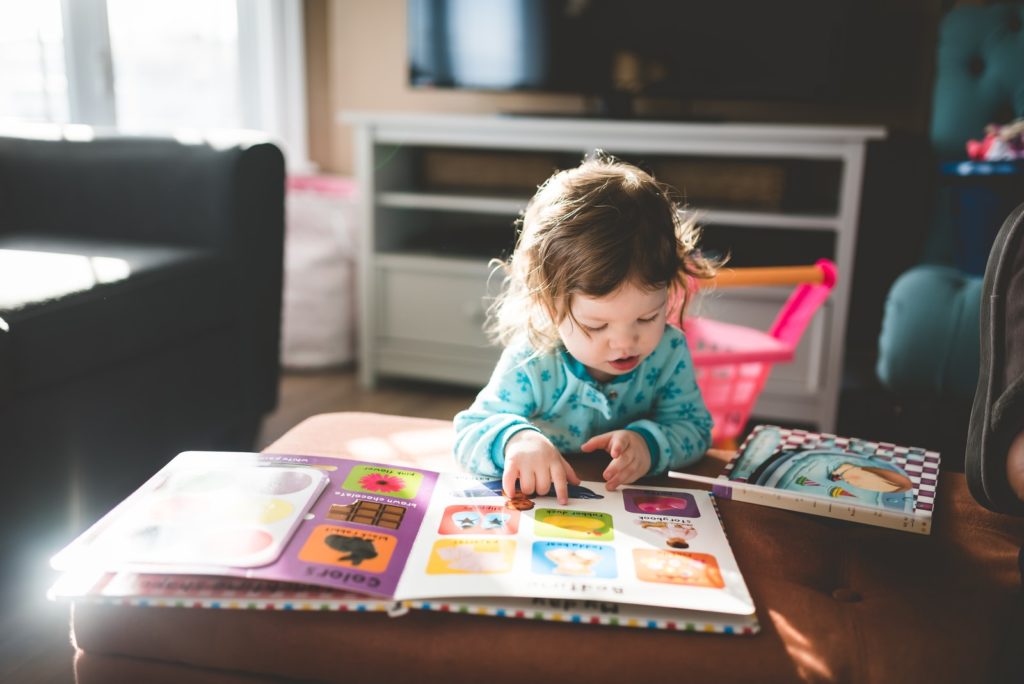From babbling to full sentences…
Encouraging Speech Through Interactive Play (E-STIP)
- Your child has a limited vocabulary
- Your child struggles to say single clear words
- Your child is unable to understand and respond to instructions
- You are concerned with your child’s speech and language
- You are on a waiting list for speech and language assessment or intervention
We can help you overcome these challenges with E-STIP

The Importance of Communication

Why is effective communication important to your child?
• Allows effective imaginative play
• Allows them to understand others
• Allows an overall sense of happiness
• Forms a bridge in reaching other developmental milestones
• Allows them to tell us their needs, concerns, wishes and feelings
• Makes and develops friendships, forming deeper bonds with your family

What are the implications of speech and language difficulties for children?
• Unable to navigate emotions
• Slows down reading and writing skills
• May present as naughty or disruptive in class
• Increase in inappropriate behaviour in later years
• Affects social skills and the ability to form friendships
• Will struggle to compromise, forgive, play nicely, exchange ideas or put their voice across
Speech and Language Problems
Speech and language problems in children under the age of 5 is very common. At least 1 in 10 will experience some degree of difficulty in expressing their words and sentences. In the UK alone, over 1 million children and young people have a persistent speech and language delay or difficulty.





Unclear Speech
It is estimated that over 50% of children start their school life with unclear speech; unable to sentence form; unable to name single items in a book and present with a limited vocabulary.
Individual Learning Needs
Some children will develop difficulties due to connected medical conditions or learning needs, whilst others may just need that extra time to flourish. With the latter, most children will catch up with other children of the same age.
The Importance of Early Intervention
For a parent watching their child go through this, can be a very upsetting and stressful experience. However early intervention is the key. With early recognition of your child struggling to talk, then the best possible effort and interaction can be given.
Developmental Progress
Recognise the various stages of speech development as your child grows up
Gurgles, coo’s, makes pre speech lip and tongue movements.
Begins to use single and double syllables which is often referred to as babbling. Babbles produced may include ‘der’, adah’ and ‘goo’.
Babbling becomes louder and a child now realises that by shouting, they are able to attract attention. This becomes a deliberate way of their interpersonal communication. Words also begin to form in repetitive syllables such as ‘mama’ , ‘gaga’, ‘dada’.
Begins to say their first words. Words will often be unclear, with only family members being able to understand. For example the word ‘guh’ might be used for ‘dog’. Children at this age often imitate expressions such as ‘oops’, ‘oh dear’ and ‘uh oh’. They may also begin to babble in conversational jargon. New words are added to vocabulary approximately 1 or 2 a month.
Usually able to say between 2 and 6 recognisable words which is understandable and used in the right context. However they are able to understand many more words and follow simple instructions. Each week, new words should be adding to your child’s vocabulary. The majority of needs and wishes will be communicated by pointing at it, crying or screaming.
Vocabulary increases to approximately between 6 and 20 recognisable words. They can often be heard talking to themselves during play as though they are in conversation with someone. However, their understanding is much greater. Children at this age are able to identify pictures in books and often know the names of their family members.
Vocabulary has increased to approximately 50 recognisable words. Telegraphic speech occurs which is the stringing together of two-word sentences. Children now attempt this in order to communicate their needs better.
Words have increased to approximately 200 + recognisable words. Sentence structure and the way sentences are articulated is not yet understandable to all, but will be understood by regular contacts. At this age there is a familiar asking of questions which include, ‘why?’ ‘Who?’. The terms ‘I’ and ‘me’ should now be used in the correct context.
The use of language is now more sophisticated. Children consists of between 300-1000 words. Sentences containing ¾ or more words can be strung together to form a sentence. Connective words are now used such as ‘and’ and ‘but’. Conversations are now understood by strangers. Although speech will remain immature, they are now able to express themselves and contribute their wishes and thoughts to society. They are now prepared to enter the world of school.

